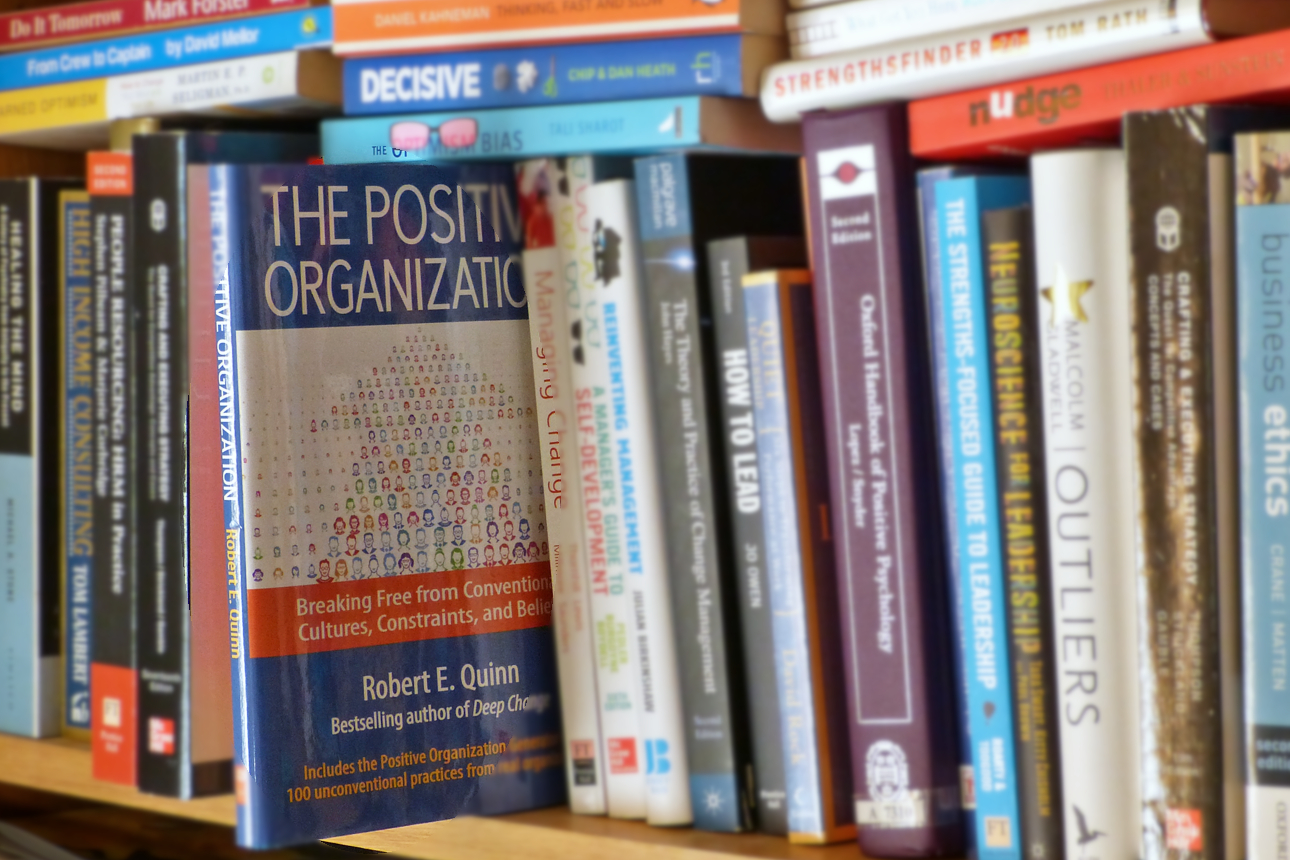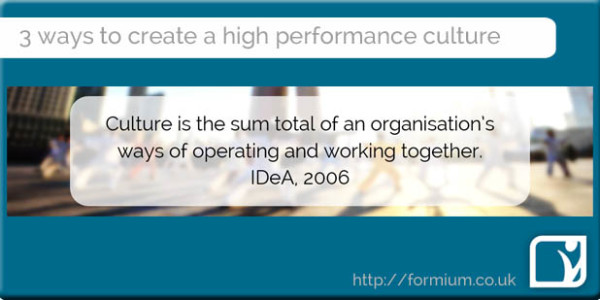So many business books leave you wondering “…but how does that work in reality?” That’s not a problem with The Positive Organization – this short book (less than 160 pages from cover to cover) is packed with ideas, examples, case studies and practical exercises, written in an engaging and straightforward style.
Throughout, Quinn challenges us to consider a different way of thinking, and to think about how we can effectively participate in building a positive organisation. A key strength of the book is that it has actionable lessons for all, regardless of job role or responsibility, from board room to shop floor. Each chapter concludes with a tool to use with teams in self-assessment and development, as well as questions to encourage the reader to reflect and set aspirations, to deepen learning.
The central premise of the book is that building a positive organisation requires accountability and authenticity, that for it to be successful it has to be emergent and self-generating. This approach is built on listening, consultation and empowerment at all levels.
What marks this book apart from many others is both the effectiveness of Quinn’s model, as well as the Positive Organization Generator – over 100 real-life examples of how organisations have successfully increased their positivity.
Mental Maps and bilingualism
Quinn suggests that the culture of an organisation can be summarised in a mental map – an indication of what a company believes and assumes, covering domains such as Motivation, Status and Change. Most organisations, and most leaders, operate using what Quinn calls a Conventional Mental Map, a top-down, traditional hierarchy. He contrasts this with the more complex Positive Mental Map, focused more on networks and relationships, and a focus on the common good and authentic communication.
However, this is not a binary state – Quinn suggests a successful leader needs to be ‘bilingual’ able to speak the language of both maps depending on the need of the people they are working with, to find the right tools for the right occasion.
A question of balance
Quinn provides us with a further analysis of organisational culture – the Framework of Organizational Tensions. Quinn groups organisational characteristics into two opposing lists, for example Individual Accountability and Cohesive Teamwork. If taken to extremes either of these positive characteristics could be negative – conflict on the one hand or group-think on the other. To illustrate the need to maintain balance between these positive forces, Quinn separates each pair on opposing sides of a disc, with an outer ring of negative forces that may arise if the positive force is over-developed.
This idea of tension and balance is crucial to Quinn – organisations are not static, they are dynamic, and to effect positive change we have to consider the whole system, that positives can turn into negatives.
A call to action
Having developed these models, Quinn turns to a number of key issues in developing a positive organisation, in chapters that focus on how to drive organisations forward by developing and promoting authenticity, creating a sense of purpose, fostering bottom-up change and collaborative development. He uses a range of interesting and relevant examples, referring back to the models at every stage.
In these sections he is challenging and insightful on the role of the individual, on our willingness to work for the common good, our ability to leave our ego and control behind when trying to develop an organisation that thrives. He is also realistic about human nature, and how difficult meaningful change and personal authenticity may be, but makes clear the benefits of developing leadership capabilities and organisational positivity.
Over to you
Quinn concludes by sharing with the reader his Positive Organization Generator. Designed to confront sceptics and resistance, he provides 100 examples of where an organisation has made positive change (from a range of industries, and with links to further articles on each of them). This is an amazing resource that gives readers a real opportunity to understand “how it works in reality”. Rather than just adopting these ideas, his instruction to readers is to re-invent them – to be inspired by the examples, extract the principle and re-imagine it for your own context, moulding and adapting to fit.
Robert E. Quinn’s website www.bob-quinn.com provides you with the resources from the book, including the Positive Organization Generator.
Or you can buy the book from Amazon UK or Amazon USA.
For more ideas you can also follow his daily blog: www.thepositiveorganization.wordpress.com


